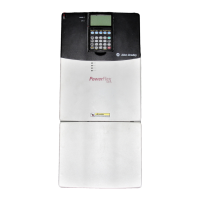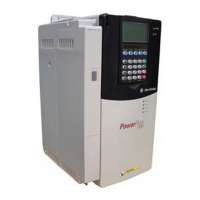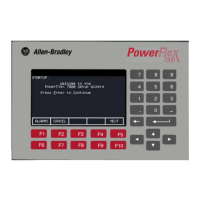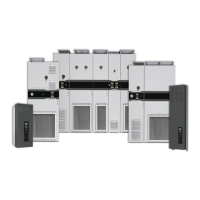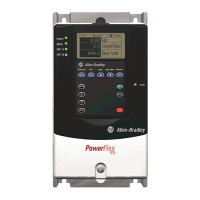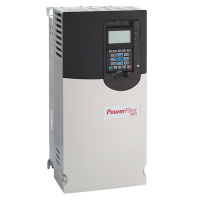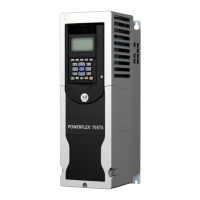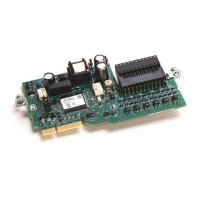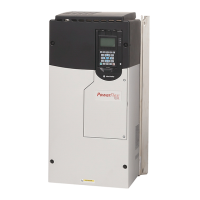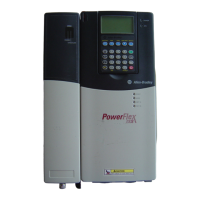
Do you have a question about the Allen-Bradley PowerFlex 700H and is the answer not in the manual?
| Model | PowerFlex 700H |
|---|---|
| Output Voltage | 0 to Input Voltage |
| Frequency Range | 0-400 Hz |
| Input Voltage | 380-480V AC |
| Control Method | Vector Control |
| Communication Protocols | EtherNet/IP, ControlNet, DeviceNet |
| Enclosure Type | NEMA 1, NEMA 12, NEMA 4X |
| Operating Temperature | 0 to 40 °C |
| Storage Temperature | -40 to 70 °C (-40 to 158°F) |
| Relative Humidity | 5 to 95% (non-condensing) |
| Altitude | Up to 1000 m |
| Dimensions | Varies depending on frame size. Refer to documentation for specific dimensions. |
| Weight | Varies by model |
Provides critical safety warnings and operational notes for using solid-state equipment.
Defines the intended user and outlines what topics are covered and excluded in the manual.
Lists referenced publications and explains manual conventions for clarity and understanding.
Details essential electrical safety measures and Electrostatic Discharge (ESD) precautions for handling components.
Explains how to create fault reports and details diagnostic procedures based on symptoms.
Lists specific hardware faults for 700S and 700H drives with troubleshooting actions.
Describes the function and meaning of diagnostic LEDs on 700H and 700S drives for status indication.
Outlines procedures for testing major power components like diodes, capacitors, and modules.
Details tests for fiber optic connections and gate driver board measurements for proper operation.
Provides procedures to check fan inverters, their fuses, and fan motors for proper functionality.
Lists essential torque values for fasteners used during assembly and disassembly of drive components.
Details the critical steps for safely removing power from the drive before performing maintenance.
Guides on removing control assemblies, DPI/HIM, and interface boards for access or replacement.
Covers the removal of power structures, fans, ASIC boards, rectifying boards, and output modules.
Outlines essential checks and safety procedures to perform before energizing the drive after repair.
Describes optional DC power supply tests, testing without a motor, and testing with the motor.
Lists necessary software and hardware tools required for drive repair and maintenance.
Provides a list of schematic diagrams for understanding drive circuitry and connections.
Details connector pin assignments and circuit board layout for various drive components.
Illustrates the physical breakdown and reassembly of drive sub-systems with part number references.
